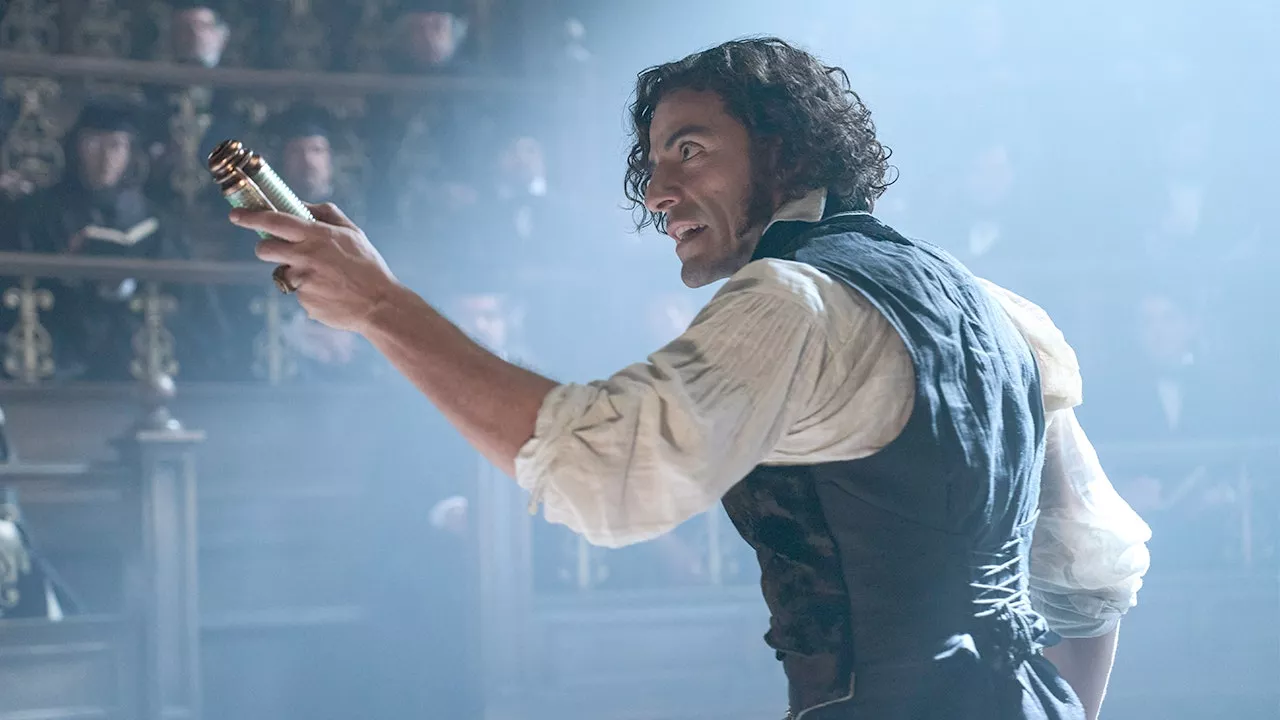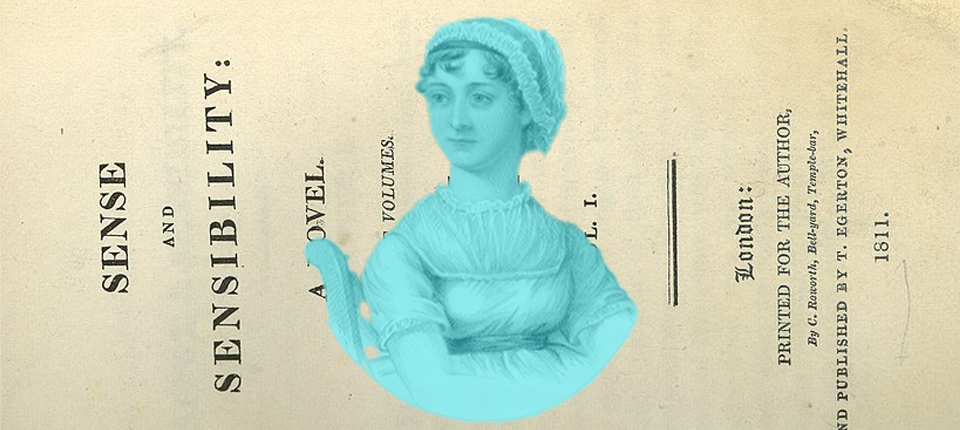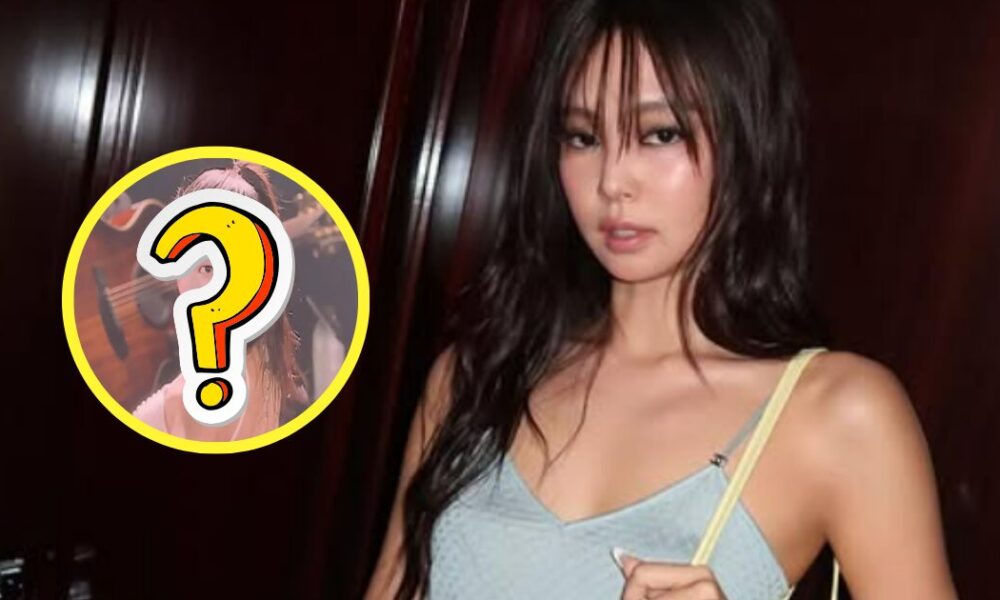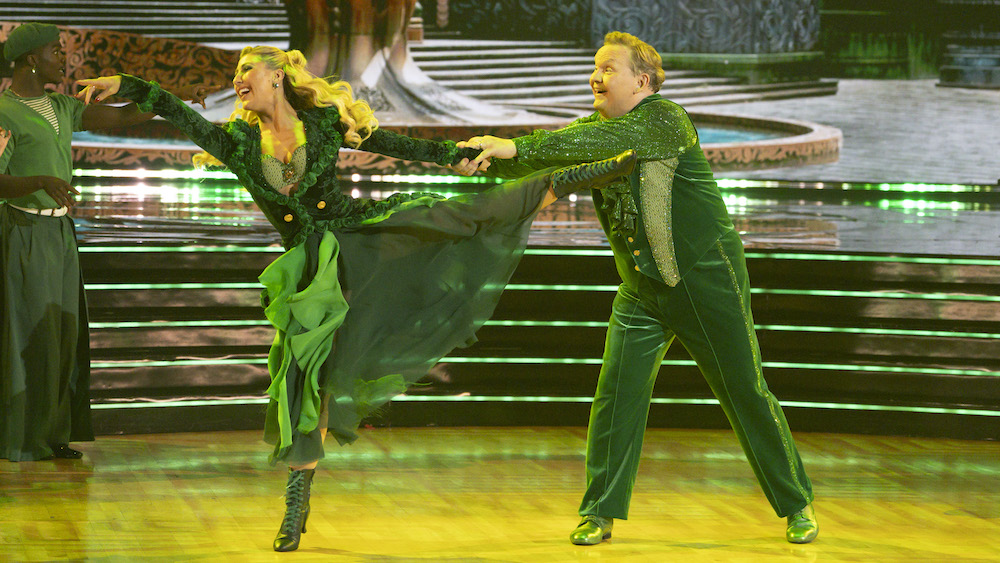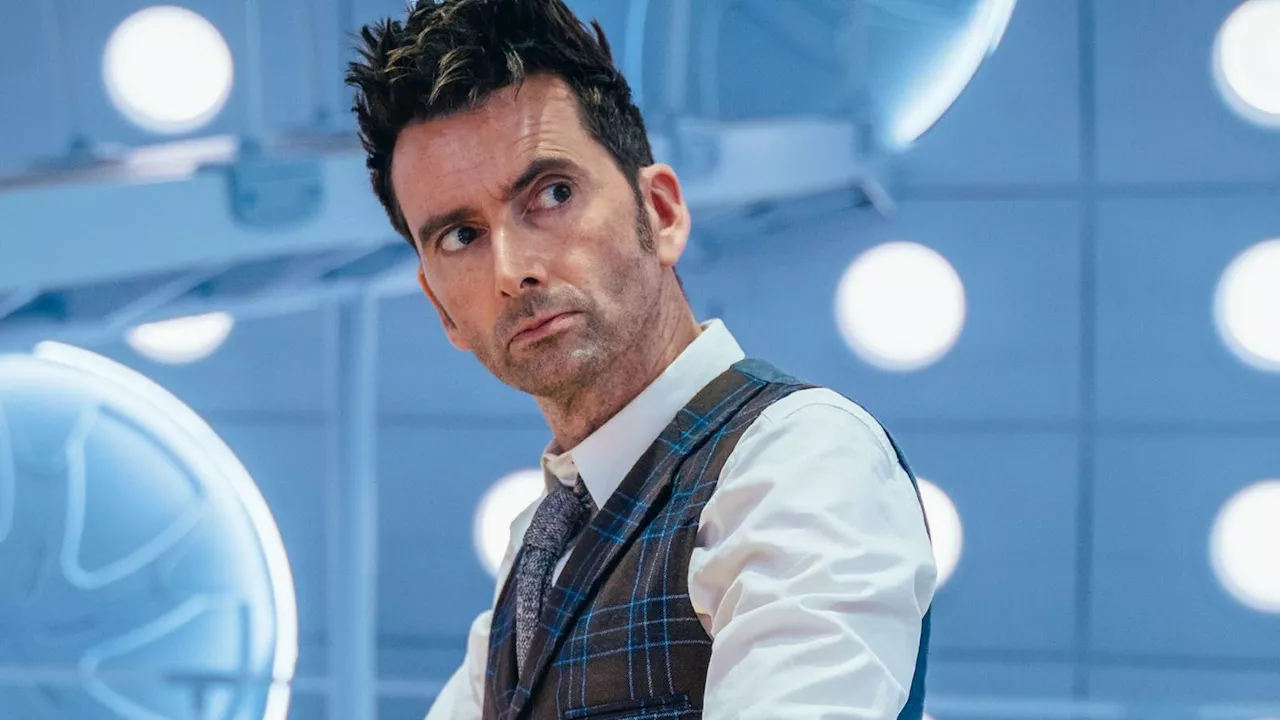The cinematic landscape has undergone significant evolution over the past fifty years, showcasing an impressive array of visually stunning films that continue to captivate audiences worldwide. From innovative cinematography to breathtaking art direction, these films are a testament to the artistic capabilities of filmmakers and their teams. This article ranks the ten most visually striking movies released since 1975, highlighting their unique contributions to the art of cinema.
10. Raging Bull
Directed by Martin Scorsese and featuring a powerful performance by Robert De Niro, *Raging Bull* stands out for its gritty portrayal of boxing and its stark black-and-white cinematography. The film’s director of photography, Michael Chapman, captures the raw brutality of the sport through visually arresting sequences. The contrast between the operatic violence of the fights and the emotionally charged domestic scenes creates a compelling narrative that resonates with viewers.
9. The Last Emperor
Bernardo Bertolucci’s *The Last Emperor* is a sweeping historical epic that chronicles the life of the last emperor of China, Puyi. Shot by acclaimed cinematographer Vittorio Storaro, the film features expansive visuals filled with thousands of extras and elaborate sets. The bold use of color distinguishes the emperor’s early years filled with wealth from his later, more subdued existence, earning the film numerous Academy Awards for its visual storytelling.
8. Spider-Man: Across the Spider-Verse
Despite the common perception that animated films lack artistic merit, *Spider-Man: Across the Spider-Verse* defies this notion with its stunning visual style. Building on the comic book aesthetic of its predecessor, this film introduces diverse animation styles for each universe, creating a vibrant collage that celebrates the art of animation. The film’s innovative approach solidifies its place among cinematic masterpieces.
7. Fantastic Mr. Fox
Wes Anderson’s *Fantastic Mr. Fox* showcases the beauty of stop-motion animation, utilizing handcrafted elements to create a whimsical yet visually cohesive world. The film’s distinctive style, marked by its use of low-fi materials and a warm color palette, pays homage to Roald Dahl’s original story while providing a unique viewing experience that captivates audiences of all ages.
6. The Tale of Princess Kaguya
Studio Ghibli’s *The Tale of Princess Kaguya* presents a mesmerizing blend of traditional hand-drawn animation and watercolor aesthetics. Inspired by Japanese folklore, the film’s minimalist style elicits deep emotional responses through its evocative visuals. The labor-intensive animation process resulted in a beautifully calming narrative, solidifying its reputation as one of the most artistically ambitious animated films.
5. Dune: Part Two
Denis Villeneuve’s *Dune: Part Two* continues the visual legacy established in the first installment of the franchise. With the same technical team, the film presents breathtaking desert landscapes and unique visual choices, such as the iconic black-and-white combat sequences. The cinematography by Greig Fraser employs natural light to amplify the film’s striking visuals, enhancing its epic storytelling.
4. Hero
The martial arts epic *Hero*, directed by Zhang Yimou, utilizes color as a storytelling device, dividing the narrative into visually distinct sections. The collaboration between Yimou and cinematographer Christopher Doyle results in a film where the color schemes enhance the storytelling, making it a visually stunning experience that has garnered critical acclaim.
3. The Tree of Life
Terence Malick’s *The Tree of Life* explores profound themes through the lens of personal memories and cosmic events. Cinematographer Emmanuel Lubezki captures this ambitious narrative with natural light and a variety of film formats, creating a dream-like visual experience. The film’s blend of intimate human moments with grand cosmic imagery presents a unique exploration of existence, making it both intimate and epic.
2. Barry Lyndon
Stanley Kubrick’s *Barry Lyndon* is often described as a visual masterpiece, with each frame resembling a painting. Shot by John Alcott, the film employs modified lenses to create a natural lighting effect, reminiscent of 18th-century paintings. The meticulous composition and technical innovations used in the cinematography contribute to the film’s enduring reputation as a visual benchmark in cinema.
1. The Assassination of Jesse James by the Coward Robert Ford
At the pinnacle of visually stunning cinema is *The Assassination of Jesse James by the Coward Robert Ford*, shot by the acclaimed Roger Deakins. This film employs a muted color palette and unique lens techniques to evoke a dream-like quality, perfectly reflecting its narrative of the relationship between its titular characters. Despite competing against his own work in *No Country for Old Men* during the awards season, Deakins’ work in this film remains unparalleled, marking it as a definitive visual masterpiece.
These ten films exemplify the extraordinary potential of cinema as a visual medium. They not only entertain but also push the boundaries of artistic expression, reminding audiences of the power of visual storytelling in film.

